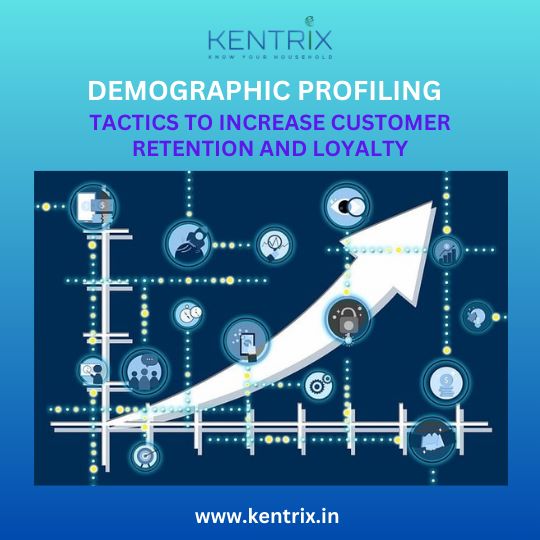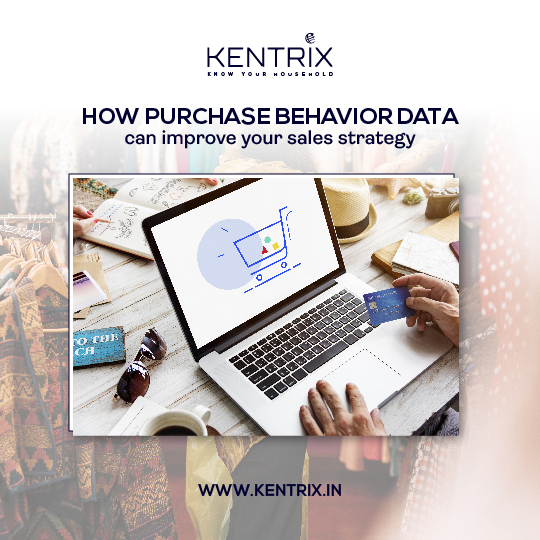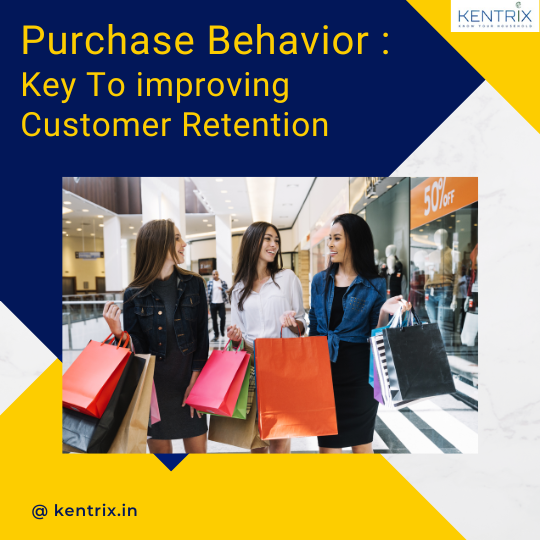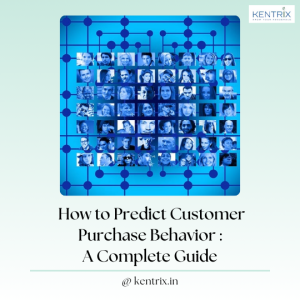In today’s highly competitive market, businesses are constantly searching for ways to not only attract customers but also retain them over the long term. One of the most effective strategies for enhancing customer retention and fostering loyalty is Demographic Profiling. By understanding your audience on a deeper level through demographic data, businesses can tailor their products, services, and marketing efforts to meet the needs of their target customers better. Let’s explore demographic profiling tactics to increase customer retention and loyalty.
Understanding Demographic Profiling
What is Demographic Profiling?
Demographic profiling is gathering and analyzing data about a specific population based on factors like age, gender, income, education, location, etc. This profiling helps businesses understand their customer base extensively and enables them to craft more effective marketing strategies, product development plans, and customer service approaches.
Key Demographic Factors
The most commonly used demographic factors include:
Age: Understanding different age groups allows you to cater to generational preferences.
Gender: Gender-specific marketing and product design can influence purchasing decisions.
Income Level: Targeting customers based on income ensures products or services align with their purchasing power.
Location: Regional preferences and needs can vary greatly, making location-based strategies vital.
The Role of Demographic Profiling in Customer Retention
Demographic profiling allows businesses to tailor products and services to meet the specific needs of different demographic groups. For example, a business targeting millennials might emphasize convenience and technology, while a company focused on seniors might highlight simplicity and reliability.
Personalized Customer Experiences
Businesses can personalize their customer interactions by using demographic data, ensuring that each customer feels understood and valued. Personalization can range from targeted emails to custom product recommendations based on previous purchases.
Increasing Satisfaction through Targeted Offers
Offering promotions and discounts that resonate with a specific demographic group can significantly enhance customer satisfaction. A personalized offer is far more effective than a generic one because it speaks directly to the customer’s needs and preferences.
Building Customer Loyalty Through Demographic Insights
Using Demographic Data to Build Trust
When businesses demonstrate an understanding of their customers’ unique needs, it fosters a sense of trust. Customers are likely to remain loyal when they feel a brand truly “gets” them.
Creating Demographic-Based Loyalty Programs
Loyalty programs can be tailored using demographic insights to appeal to specific groups. For example, a business might offer early-bird deals to older customers or exclusive tech-related perks for younger, tech-savvy consumers.
Long-Term Relationships Through Consistent Engagement
Demographic profiling ensures businesses maintain consistent engagement with customers. Using demographic data, companies can send timely messages and updates that keep their brand top-of-mind without overwhelming customers.
Segmentation Strategies
Importance of Segmentation
Customer segmentation is key to delivering more personalized and relevant experiences. You can focus your efforts more effectively by dividing your audience into groups based on demographic factors.
Segmenting by Age, Gender, Income, etc.
Each demographic group has different preferences, and segmenting them allows businesses to communicate directly. For example:
Age: Tailoring content for baby boomers versus Gen Z.
Gender: Offering different products or marketing approaches for men and women.
Income: Providing premium offerings to high-income customers and budget-friendly options to others.
Behavioral Insights Linked to Demographic Data
Demographic data reveals who your customers are and sheds light on how they behave. For instance, younger customers prefer mobile shopping, while older customers value in-store experiences.
Predicting Future Customer Behavior
By understanding past behaviors through demographic profiling, businesses can anticipate future needs and preferences, helping them stay ahead of customer trends and expectations.
Targeted Marketing Campaigns Using Demographic Data
Crafting Campaigns for Specific Demographics
Targeted marketing campaigns designed with demographic data can increase engagement, click-through rates, and ultimately sales. For example, social media ads that resonate with younger demographics can feature trendy language and vibrant visuals, while advertisements for an older demographic might focus on value and trust.
Improving Customer Experience through Demographic Profiling
Personalization of the Customer Journey
Businesses can optimize each stage by mapping the customer journey for different demographic segments to serve their target customers better.
Challenges and Ethical Considerations in Demographic Profiling
While demographic profiling is an incredibly powerful tool, it’s important to approach it carefully to avoid privacy concerns or unintended biases. Always ensure data collection is transparent and customers feel secure in how their data is being used.
Conclusion
Demographic profiling is vital for increasing customer retention and loyalty. By understanding and leveraging demographic data, businesses can create personalized experiences, build trust, and design targeted campaigns that resonate with their audience. Implementing these tactics ensures that your business stays relevant and fosters long-term loyalty.
Also Read : Top Industries Benefiting from Geo Analytics
FAQs
How can demographic profiling enhance customer retention?
Demographic profiling allows businesses to tailor their offerings and communication strategies to specific customer groups, leading to personalized experiences and higher satisfaction.
What are some common demographic factors businesses should focus on?
Age, gender, income, location, and education are key demographic factors that shape customer preferences and behaviors.
What tools can businesses use for effective demographic profiling?
Kentrix offers various tools :
LSI, Karma, Geomarketeer and Persona 360, help businesses gather and analyze demographic data effectively.
Is demographic profiling ethical?
When done transparently and adhering to privacy regulations, demographic profiling can be ethical. It’s crucial to avoid stereotypes and ensure customers’ data is protected.
How can small businesses benefit from demographic profiling?
Small businesses can use demographic profiling to target specific customer groups, allowing them to compete more effectively by offering personalized products and services.







